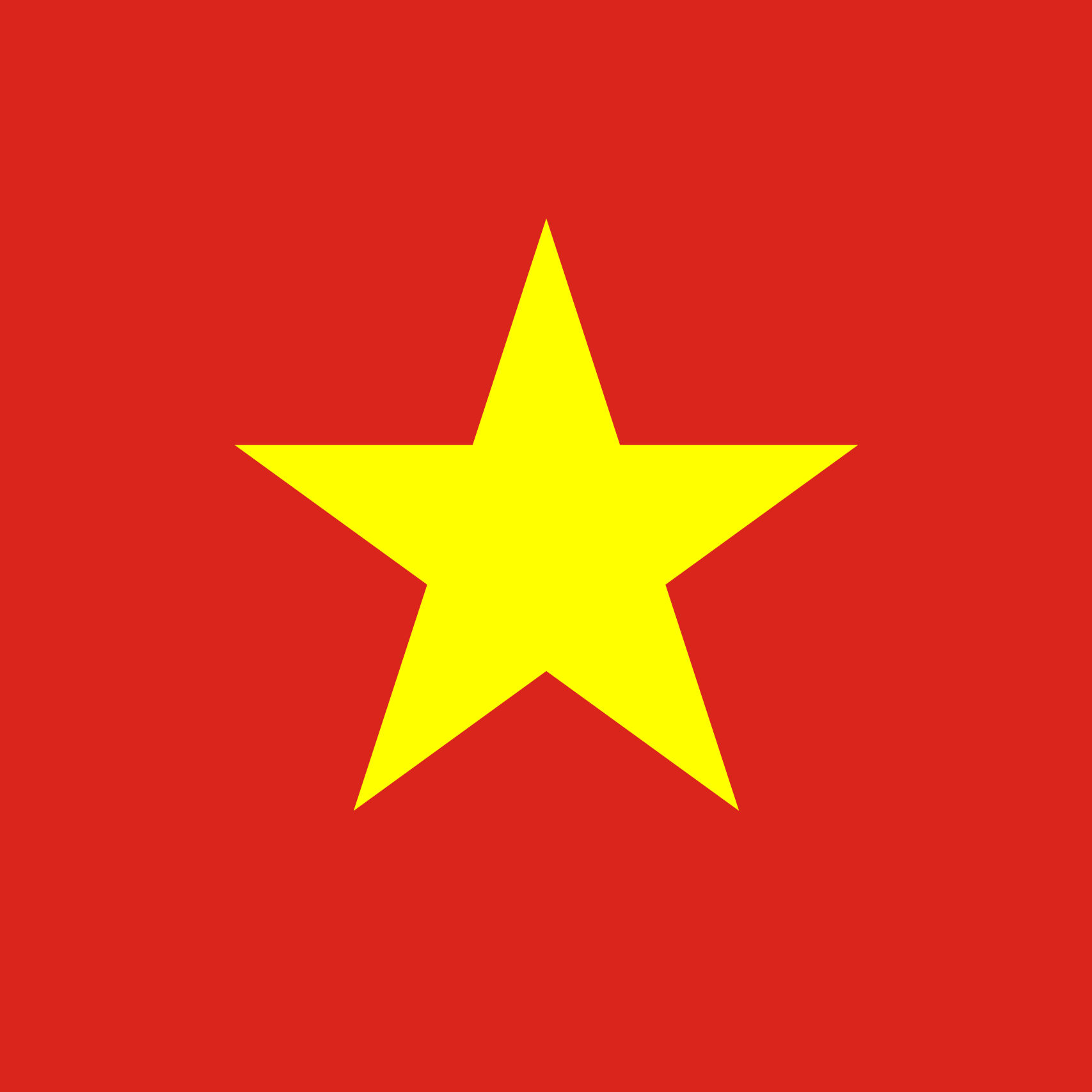A Tale of the Valiant Fight of Local People in Huong Tra District, Hue City Against Sand Pirates.
Writing in English is not my strong suit, but I will try my best to summarize the article for people unfamiliar with Vietnamese. However, I strongly suggest you to read the article yourselves with the assistance of translation tool. The author has a very compelling jounalistic language which makes reading it is such a treat.
In the context of sand pirates becoming increasingly aggressive in their exploitation of sand in many rivers, which leads to the accelerated erosion of lands around them, people living around the Bồ River began to push back since it started to affect their livelihood and swathes of lands have collapsed. The seemingly innocuous sand extraction from Tuan Hai Company, whose activity is permitted by the local authority, had turned their lives upside down.
Initially, they appealed to the local authority to do something about the problem but there was no change, so they took matters into their own hands and began establishing a team to actively supervise any unusual activities on the river. Once they noticed a boat that sucked the sand outside the legally defined zone, they pursued the boat, forced it to go with them and handed the people inside to the local police force. However, there had been at least 10 sightings of illegal sand extraction activities since the establishment of the supervising team, all of them were handed to the local authority to take care of but nothing changed. They decided to take a more proactive approach when things got too far.
They began constructing bamboo spikes to prevent sand extraction boats from entering. People from other villages where impact of sand extraction could be felt also joined in the endeavor by providing money and manpower. It was a collective effort from the start to the finish, from purchasing blocks of rocks, cutting the bamboos, to securing the bamboo spikes on the river. Men, women, children, and the elderly all participated in the activity. The local authority tried to intervene multiple times by saying that the people were violating the water traffic law and demanding them to have a meeting to lessen the heat, but the villagers refused to budge.
“If we are wrong then you are more than welcome to arrest us. People are ready to be jailed,” they said when confronted by the local authority.
The fight did not stop on the river, they also kept track of illegal activities on the bank. One night they noticed trucks full of sands and handed them to the local authority, but this time they insisted on supervising the process of handling the case themselves.
After 14 days, in response to the heated fight on the Bồ River, the Ministry of Resources Environment opened an investigation (with the supervision of the villagers) and discovered evidence of Tuan Hai Company having been involved in illegal sand extraction. The amount of sand extracted by the company was found to be several times larger than the amount permitted in the licensing record. The company was fined 1.6 billion VND by the People’s Committee and had to take measures to recover the land to its initial state.
The fight against sand pirates did not stop there. Villagers living in the downstream of the Bồ River also had to participate in a similar fight by deploying the same tactics, but on a much larger scale. In May of 2020, they constructed an entire bamboo bridge to prevent sand extracting boats from entering.
Google translates
Bà Hoa hôm ấy là một trong những người xắn tay vào thả đá xuống sông. “Bao nhiêu tài sản trút xuống sông rồi. Làng đi thì mình cùng đi. Tù thì tù hết”, bà tóm tắt suy nghĩ của mình.
as
That day, Mrs. Hoa was one of the people who rolled up her hands and dropped rocks into the river. “So much property has been poured into the river. When the village goes, we go together. If we go to prison, we all go to prison,” she summarized her thoughts.
and “Làng đi thì mình cùng đi. Tù thì tù hết” as “When the village goes, we go together. Prison is all prison”
Is this a spontaneous slogan, or is it a reference to some other famous quote?
Oh, I don’t think she refers to any famous quote in particular. I think she said it in the heat of moment and to be frank, it sounds really cool “Làng đi thì mình cùng đi. Tù thì tù hết". I think Google Translate messed up this part a bit, it might need a bit of context:
So when she said that so much property has been poured to the river, so if they don’t do anything then the entire village (the land, the people) would follow the lost property to the river and there would be nothing left. So it might more more accurate to translate “Làng đi thì mình cùng đi. Tù thì tù hết”” as “If the village is gone then we are also gone. If we are jailed then all of us would be jailed”. She might be depicting the reality in which they might lose in all scenarios: if they do nothing they would be gone, as in the village would be gone, but if they do something they would all go to the prison. There is more nuanced to “Tù thì tù hết” however, because in this context in which people are reeled up against injustice, it reflects the anger of the villagers rather than the resignation to the legal system. It might have similar tones to something like “If we die then we die, so what?”. Does that make sense?
I think Vietnamese is a fairly emotional language so the effort to closely translate, or even to explain it logically like I just did would bound to fail. She might not think about the meaning of what she said at all, but I do believe what she said is the expression of days and months of frustration with what’s happening around her.
I’m not sure myself whether my explaination is correct or not, but that was my best attempt.
When we march in North America, we often chant slogans in other languages to emphasize the universality of our struggle. For example, “El pueblo • unido • jamás será vencido!” is a very popular chant, even in demonstrations where there are no Spanish speakers present. From what I can tell, it’s from a Chilean song.
“Làng đi thì mình cùng đi. Tù thì tù hết” sounds like it could be a pretty mean protest slogan in a similar vein.
Very interesting. As far as I know, there is no such slogan that achieved the level of popularity to the point that people would actively chant on street protest, probably because we don’t have strong history of organizing protest to push for social changes due to state’s strict censroship of political subversion in mainstream media and lack of organizing experience from agitators. I could only think of catchphrases like “Save Tam Đảo”- symbolising the recent movement focusing on opposing selling indigenous forests and lands to corporation to build resorts and golf fields, and “Tôi đồng ý” (I agree) which is the campaign to gather support for the legalization of gay marriages. However, those movements doesn’t have popular support and only popular to middle class young people in urban areas. Their impacts are limited on social media space and rarely are people angry enough to bring those issues to the street.
Meanwhile, the most oppressed of people do not have the political power nor resorces like access to progressive Internet space. Their agitation often doesn’t have a common catchphrase (as far as I know) other than direct concern about the material conditions in which they are subjected to, like about wages, insurance, legal representatives, justic from scams from banks,… Often time, people who have the power to amplify the struggle of poor people (i.e progressive middle class younglings) do not care and often treat their attempts to destablize the status quo (strikes, protests, smashing factories) as reactionary or due to the influence of American spies. The consequence of this lack of solidarity is that although opressed people movements are most effective to achieve the material goal (states reconsidering compensation for dispossed lands, concession of capitalists to raise wages or add benefits,…), they are often fragmented and do not pose serious challenges to the status quo, while more privileged people are tend to be more moderate in their movement but they have much greater reach and attract far more attention. Both can not do much in the current state. I’m also guilty of this, I’m still not brave enough to address the concern of the opressed enough for fear of, you know, being jailed.
However, I do believe that considering the world and Vietnam is heading to shit, more and more middle class people would regconize our common struggles and effectively fight back the system.
Side note: My knowledge is limited to only modern time, I’m not very aware of how Vietnameses in the colonial time would organize and what slogans they raised. I think that Vietnamese grassroots social movements during that era, albeit heavily limited under to French colonial rule, were much more lively, but more research would be needed :")
ông Bồ là con sông có phụ lưu nhỏ ở Thừa Thiên Huế. Từ thành phố Huế, đi trên quốc lộ 1A theo hướng Bắc chừng 15 km, sẽ nhìn thấy dòng sông. Từ thượng nguồn đến khi đổ ra đầm phá Tam Giang, một số nơi gọi tên đoạn này là “Sông Sịa”.
Từ đây, rẽ trái, đi chừng mười cây số sẽ đến Hương Vân. Điểm kết của con đường chạy dọc sông về hướng Tây, lên thượng nguồn, có một tổ dân phố nhỏ, gọi là xóm Bồ.

I think I’ve found the location where the events in this article take place on OpenStreetMap. You can see the hydroelectric dam upstream, and the community on the other side they were once able to walk across the sand banks to visit.
I really like this article, thanks for sharing!
You just read it and you already have better grasps of the geography than I do. I can’t read map at all and frankly I don’t want to bother.
Can you help translate the map legend? I’m guessing the red marks are landslide locations.
Legend??? The green mark indicated the area in which the spikes are installed, the yellow mark indicates the area in which sand pirates operate illegally, and yes, the red mark indicates the location of lands being collapsed to the river



